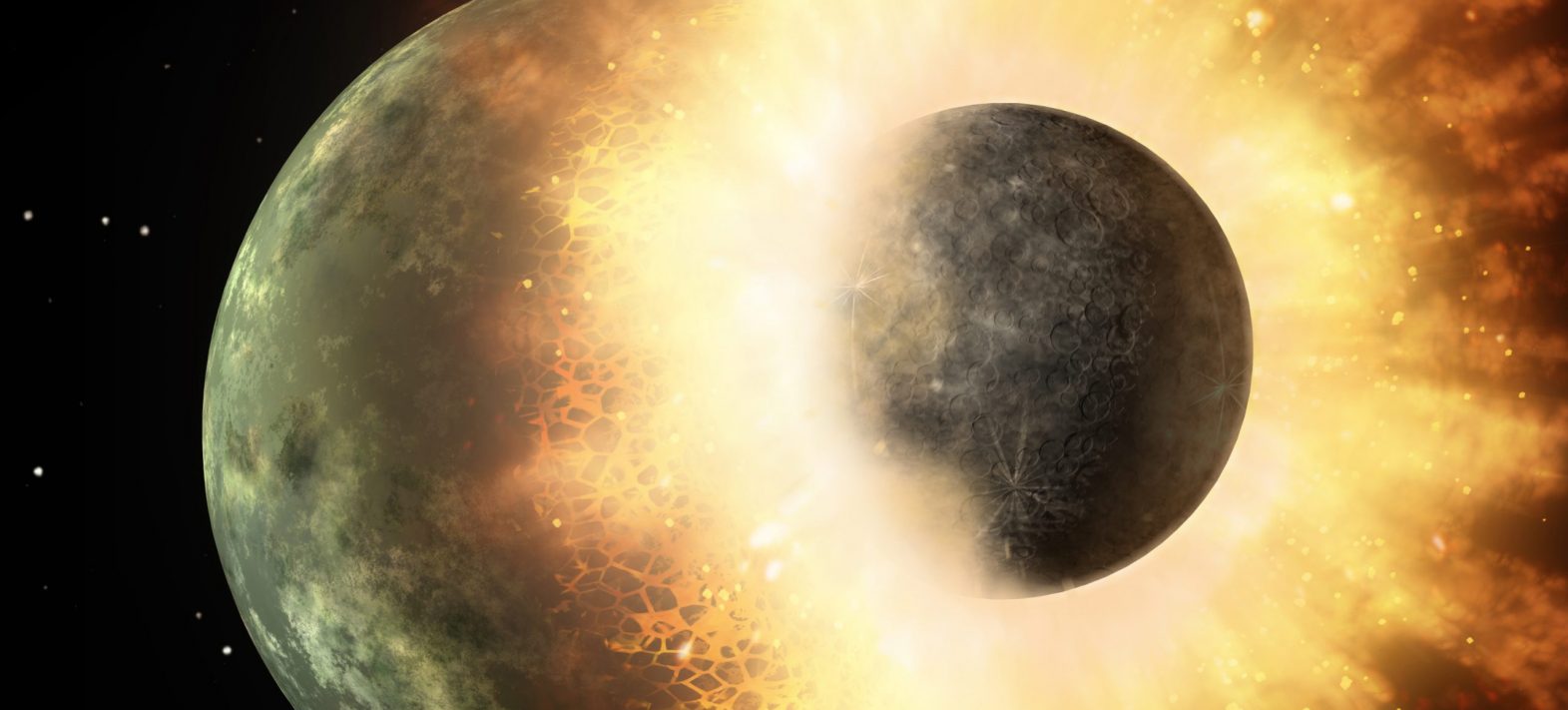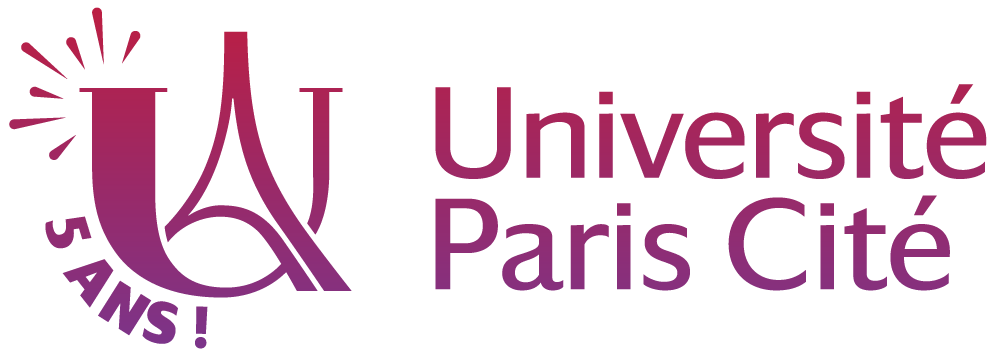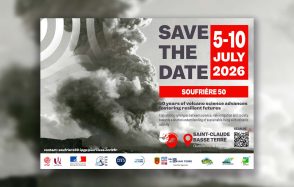The impactor that struck the Earth to create the Moon was no bigger than Mars
It was in the mid-1970s that astronomers proposed the current theory of the Moon's formation: our satellite was created by a giant collision between the Earth and a Mars-sized protoplanet (about a tenth the size of Earth) called "Theia".

Impact between a proto-Earth and Theia © NASA / JPL-Caltech
Publication date: 22/01/2018
Press, Research
Related teams :
Cosmochemistry, Astrophysics and Experimental Geophysics (CAGE)
Related themes : Origins








